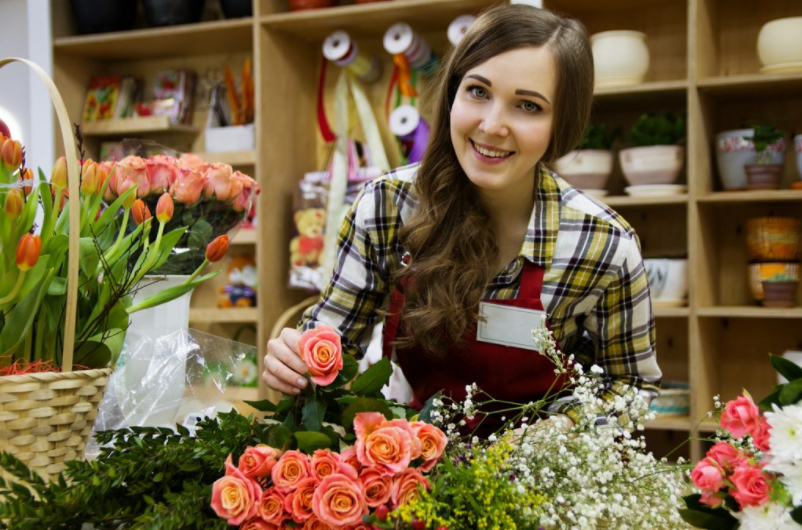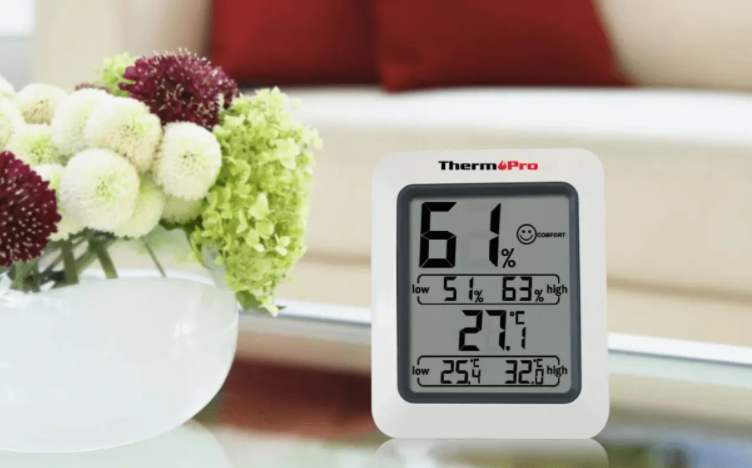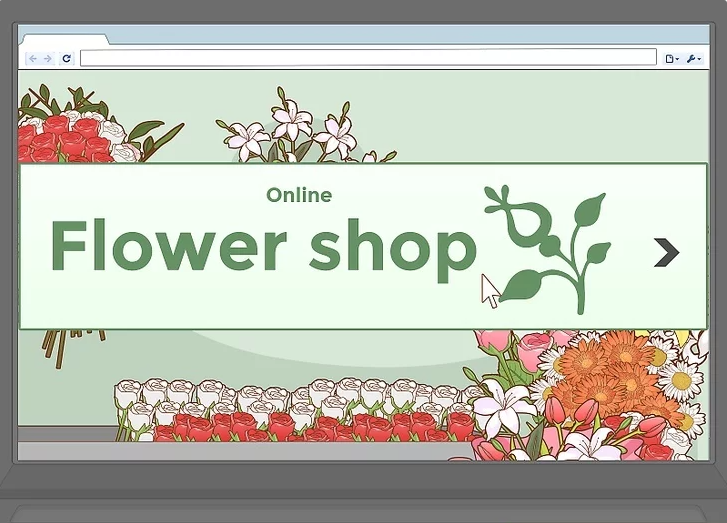Flower Shop: Planning to have one? Here are 9 tips for you

If you want to start a flower shop, the first step is to learn more about the profession of a florist. If you have the appropriate floral design skills, good people skills, and good business acumen, setting up a flower shop might be a great business idea for you. Before opening your own store, you need to develop a plan, write a mission, and structure your business.
Develop a business plan for your flower shop
1. Define the mission of your business.
Many people write a business plan to apply for a loan, but even if you don’t intend to apply for a loan, having a business plan can help. The clearer your business mission is, the more accurately you can target your marketing strategy, inventory, and design

2. Decide on the best business structure for your business.
Most new florists are sole traders because it is the simplest structure. With this business structure, all decisions are made directly by the entrepreneur and all responsibilities fall to him.
The public limited company is a form of the capital company, created by at least two partners called shareholders, who are only responsible for the liabilities of the company within the limit of their contribution. It is not a recommended form of company for someone considering opening a flower shop. However, large companies selling flowers on a large scale may choose to operate in this form.
3. Do market research.
Who will your potential customers be? What are their buying habits and what kind of flowers could they buy? Collect as much information as possible about your market.
Among the things you should think about, it is important that you know what role flowers could play in your customers’ daily lives. Do you think they could buy flowers from your flower shop to give to people who are sick or dying? Or, is flower very popular with people in your community for events, parties, or birthdays?
4. Know your competition.
Your potential competitors will undoubtedly be all the retail establishments in the area, locally-owned flower shops, ornamental horticultural operations, as well as large retail stores, large stores. surfaces, garden centers, grocery stores, etc.
Flower sales are increasingly offered by online establishments, large and small. Consider this option in your research
5. Decide if you will have a storefront or not.
If your research shows that people in your area are likely to shop online, you might not need to invest in a storefront. The point is, you don’t have to buy real estate in popular malls or hire a full-time manager. You will be free to make deliveries, collect all your merchandise, etc.
6. Find a way to regulate the temperatures.

No matter where your store is, you will need to be able to store all of your merchandise at a certain temperature. If the temperatures are too high or too low, your flowers may wilt or dry out and you will no longer be able to sell them.
The optimum temperature for storing most flowers is between 1 and 2 ° C (4 degrees maximum).
Some flowers can withstand temperatures down to -1 ° C, without freezing.
Flowers store best in high humidity environments. Relative humidity should not be less than 80% and it is best to keep it between 90% and 95% humidity.
Tropical flowers should be stored at a temperature between 13 and 16 degrees. Colder temperatures could damage them.
7. Take out a loan if necessary.
Start-up costs vary widely, depending on factors such as store rental, investment in refrigeration equipment, marketing costs, insurance, and more. You will need vases, pruning tools, ribbons, and other materials.
Experts recommend budgeting at least 2-3 times the purchase price of equipment for the first year of operation.
Consider consulting with a local small business support association or similar organization to help you determine your business needs.
8. Decide if you will be a member of the delivery service.
The florist who takes care of the order and the department who took care of the delivery both receive a certain percentage of the sales.
While this helps increase sales, the percentage of each sale (up to 27%) that goes to the delivery service translates into lower profits for a small store.
You may need to plan for an introductory fee, which will vary depending on the service you choose to deal with.
9. Submit any necessary license requests.

Most municipalities require florists to hold a business license. Also, keep in mind that the occupation of a site in the public domain is subject to authorization and licensing. Before installing a display or a terrace, you must hold a parking or road permit issued by the local authorities.
Before obtaining your occupancy permit, you must pay a royalty, the amount of which may vary depending on several factors, such as the size of your facility, the location of your store, the length of operation, etc.
Remember that after holding your license, you are required to comply with a number of obligations.






